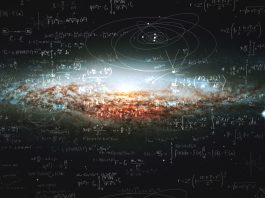Quantum error correction, a critical technology for advancing quantum computing, is gaining global attention as researchers strive to address one of the most significant challenges in the field.
Quantum error correction focuses on mitigating the errors that occur within qubits—the fundamental units of quantum computation—ensuring they do not multiply and compromise the accuracy of calculations.
Without this crucial technology, the promise of quantum computers outperforming classical systems would remain unattainable.
Efforts to develop effective quantum error correction methods are ramping up worldwide, with significant advancements emerging from leading research institutions.
World’s first hybrid quantum error correction
A groundbreaking achievement in this field comes from researchers at the Korea Institute of Science and Technology (KIST).
The team has developed the world’s first hybrid quantum error correction technique, combining two different approaches: Discrete Variables (DV) and Continuous Variables (CV).
This innovative hybrid method marks a pivotal step forward in the quest for fault-tolerant quantum computing.
While leading companies like IBM, Google, and PsiQuantum are focusing on DV-based quantum computers, others such as Amazon and Xanadu are exploring CV-based systems.
Each method presents unique advantages and challenges, but until now, the two approaches have been developed separately.
The benefits of a hybrid approach
KIST’s hybrid quantum error correction integrates DV and CV qubits, blending the strengths of both. Through advanced simulations, researchers have demonstrated that this hybrid approach can significantly enhance the efficiency and accuracy of quantum computations.
In particular, for optical quantum computing, the hybrid method has achieved a photon loss threshold up to four times higher than existing methods and improved resource efficiency by over 13 times while maintaining a similar logic error rate.
Dr Seung-Woo Lee of KIST, who led the research, explained: “The hybrid quantum error correction technology developed in this study can be combined not only with optical systems but also with superconductors and ion trap systems.
“‘Hybrid technologies that integrate the advantages of different platforms are expected to play a crucial role in developing and commercialising large-scale quantum computers.”
This breakthrough represents a major leap toward the realisation of scalable, fault-tolerant quantum computers, paving the way for more powerful and reliable quantum systems in the future.









